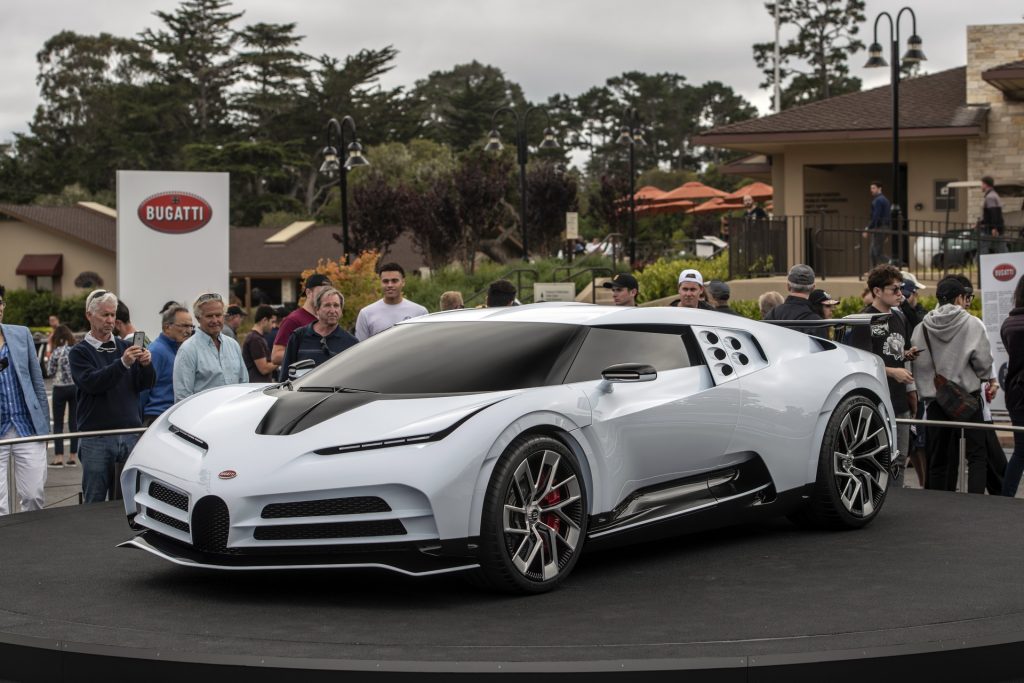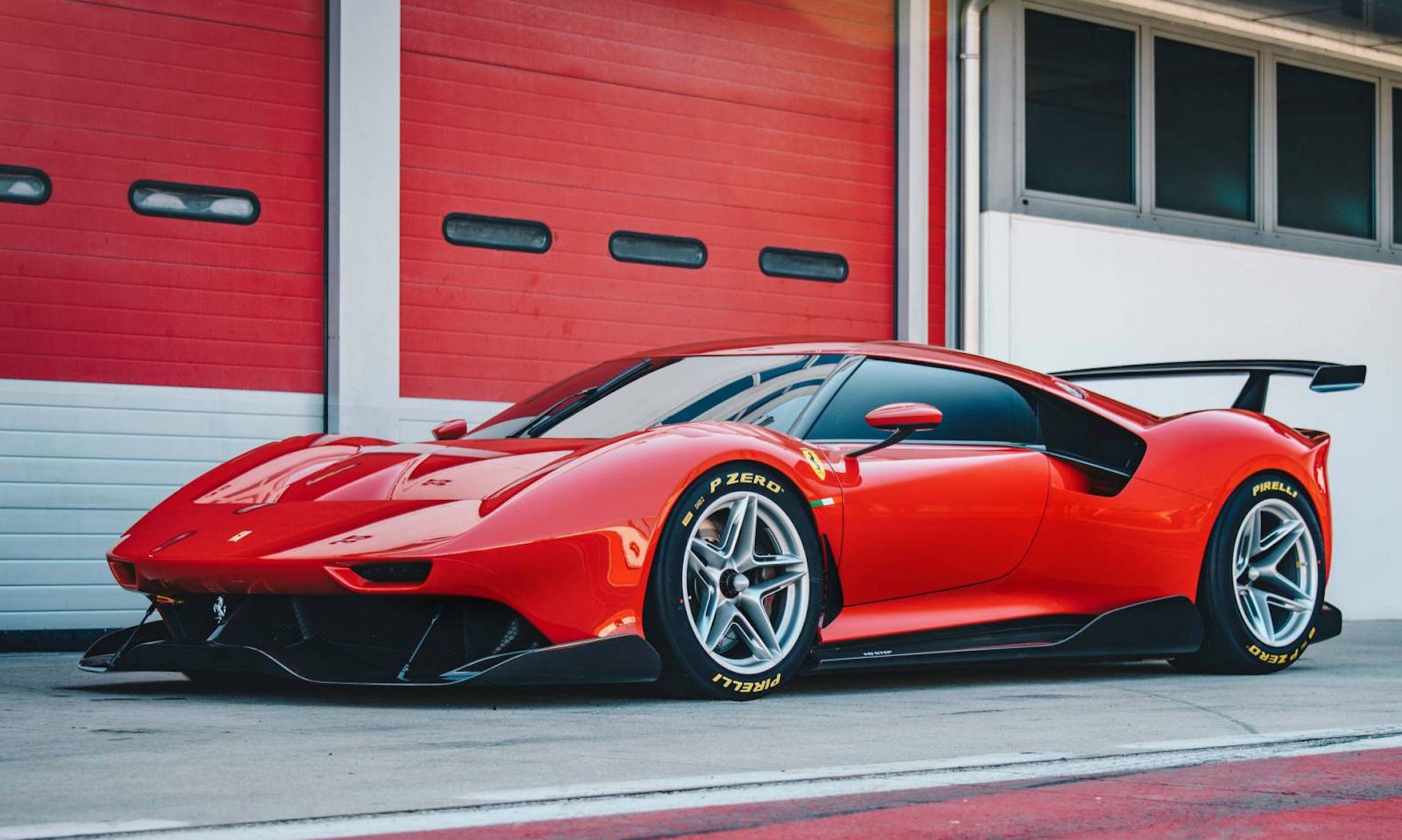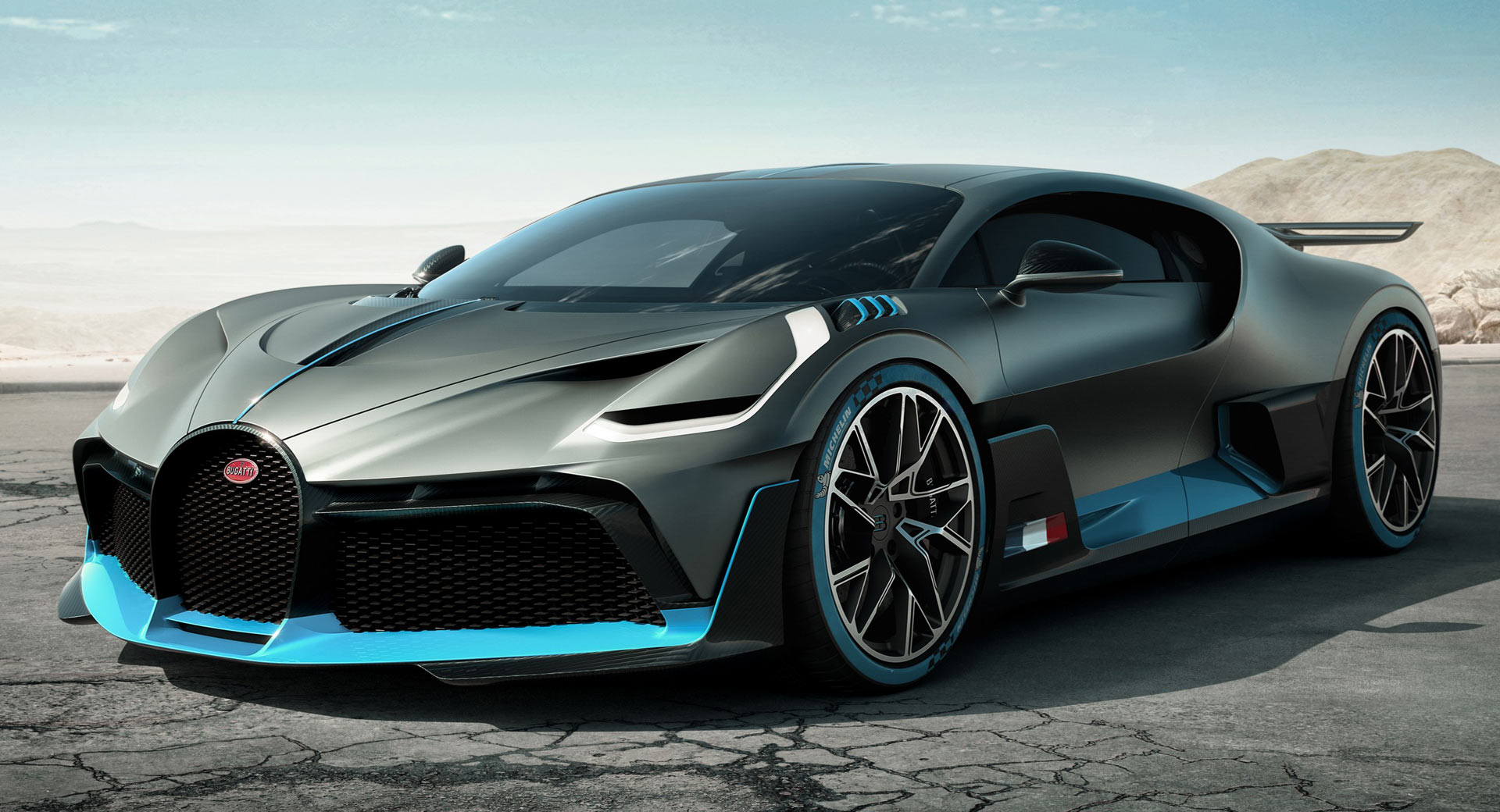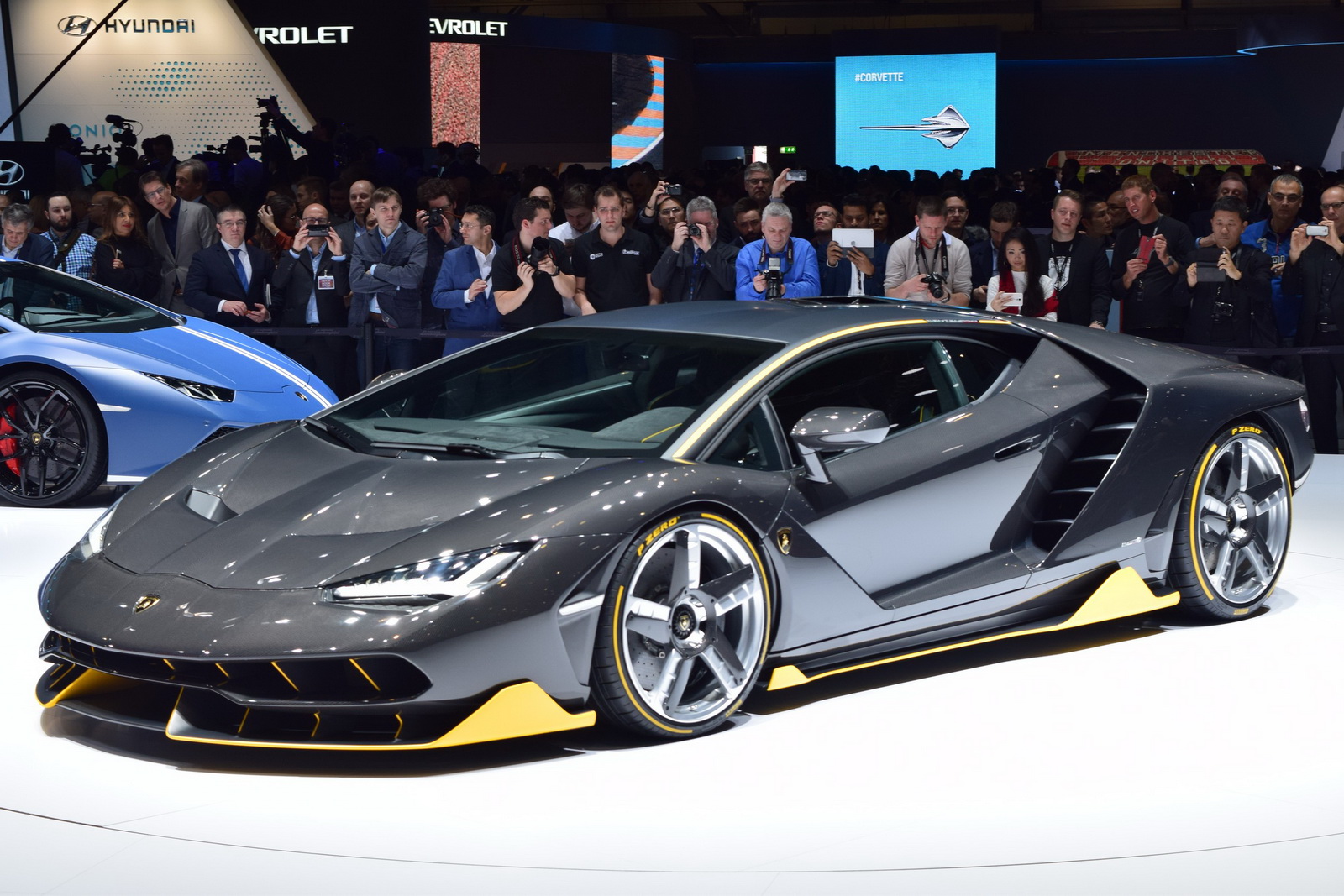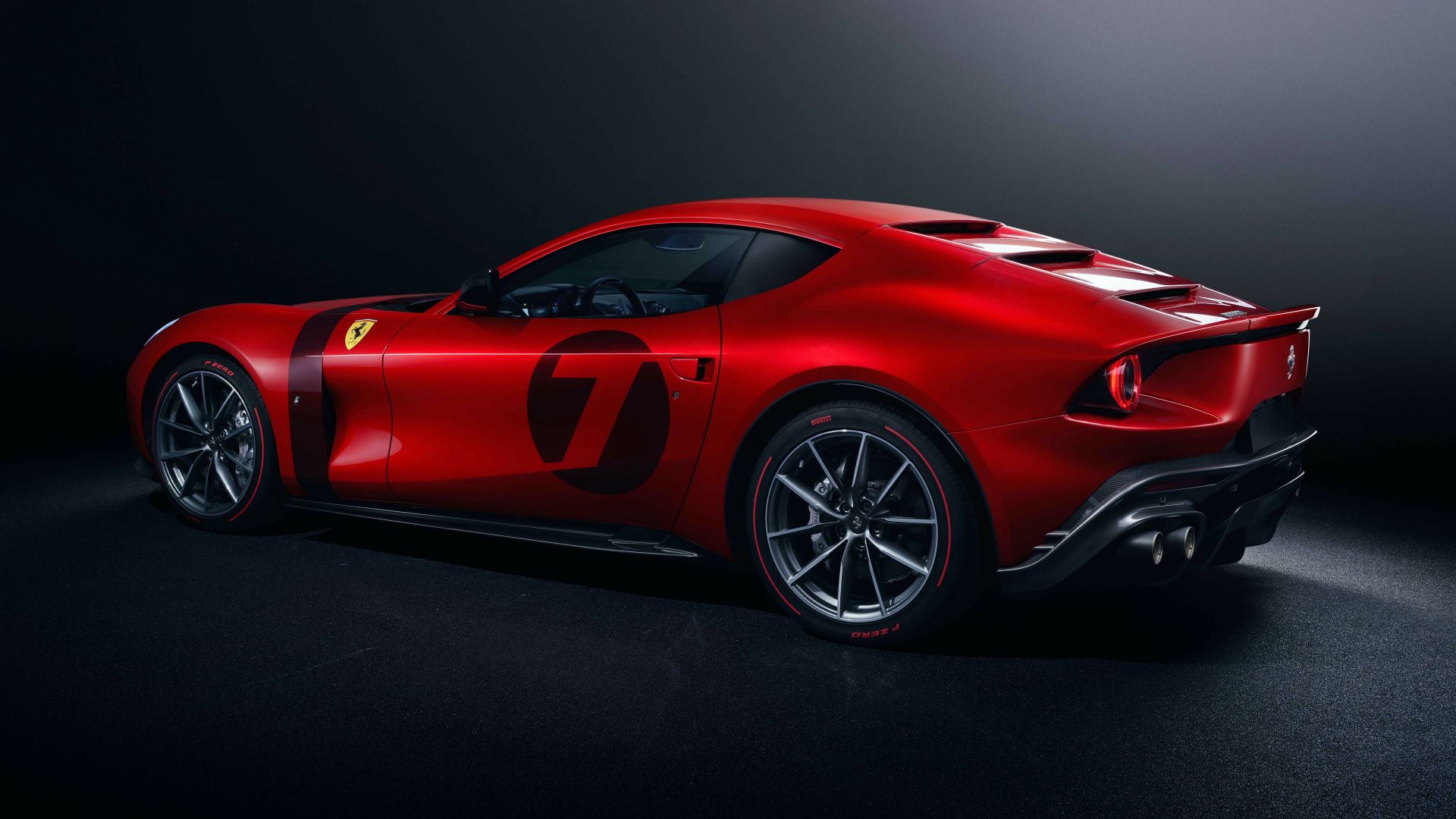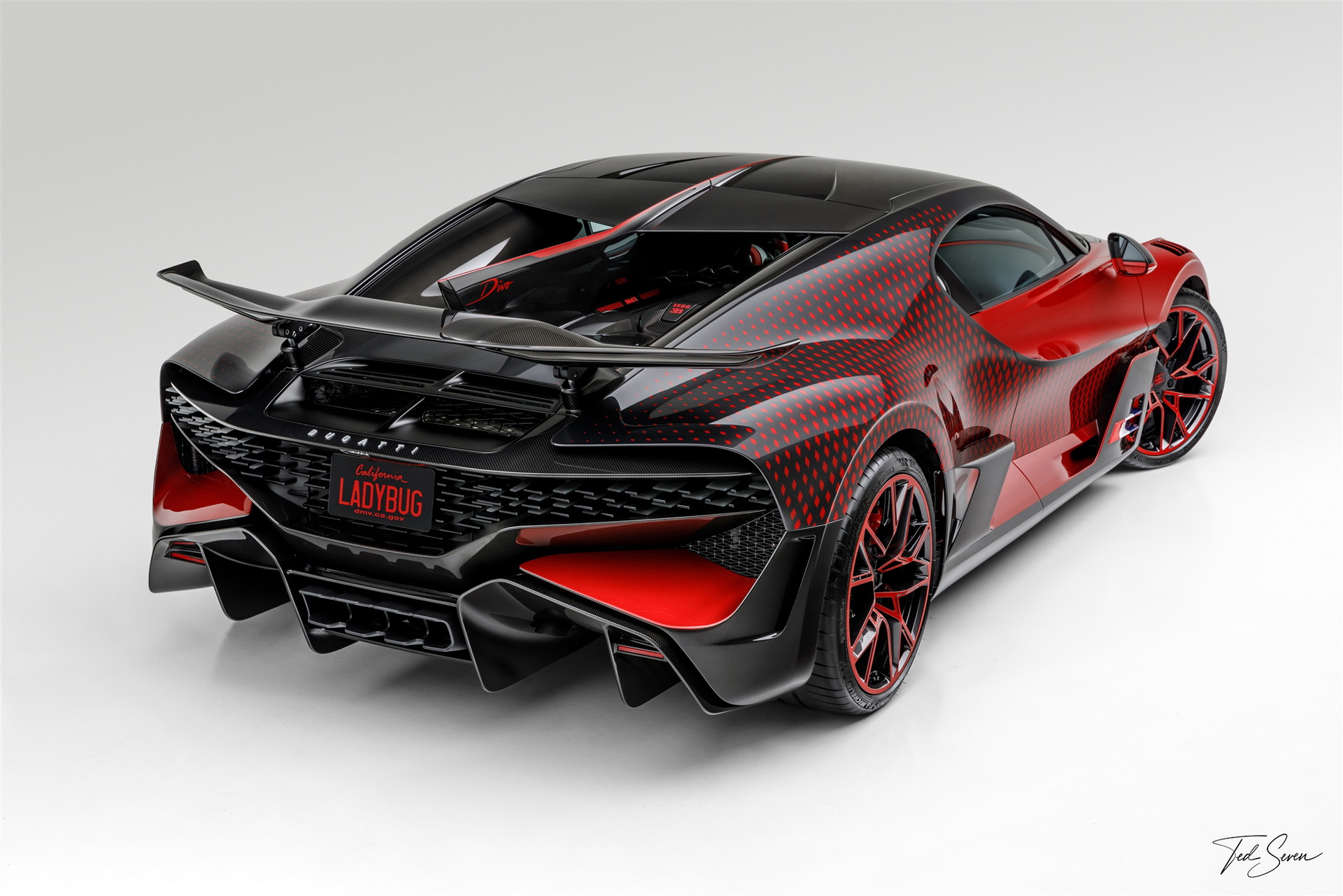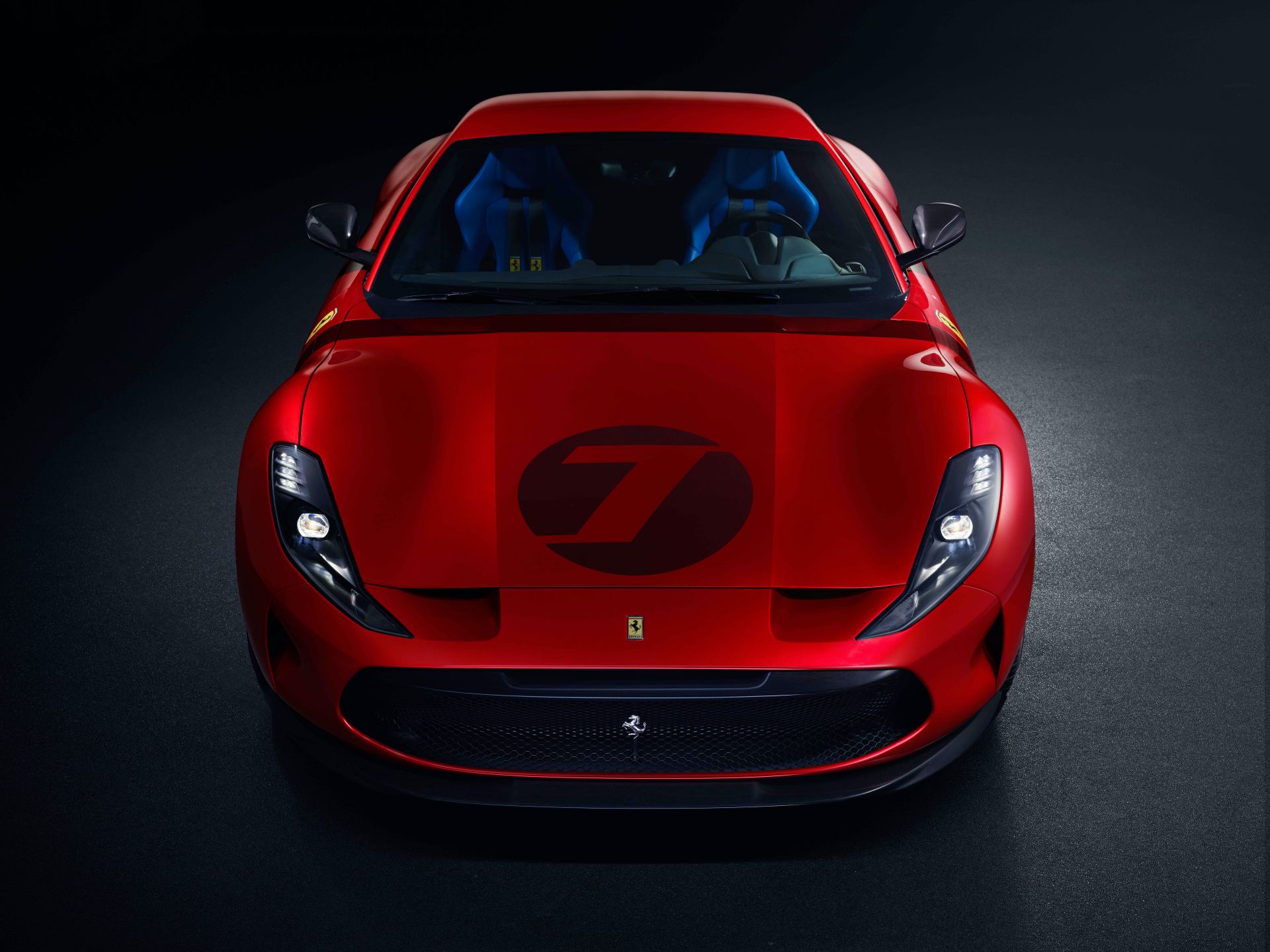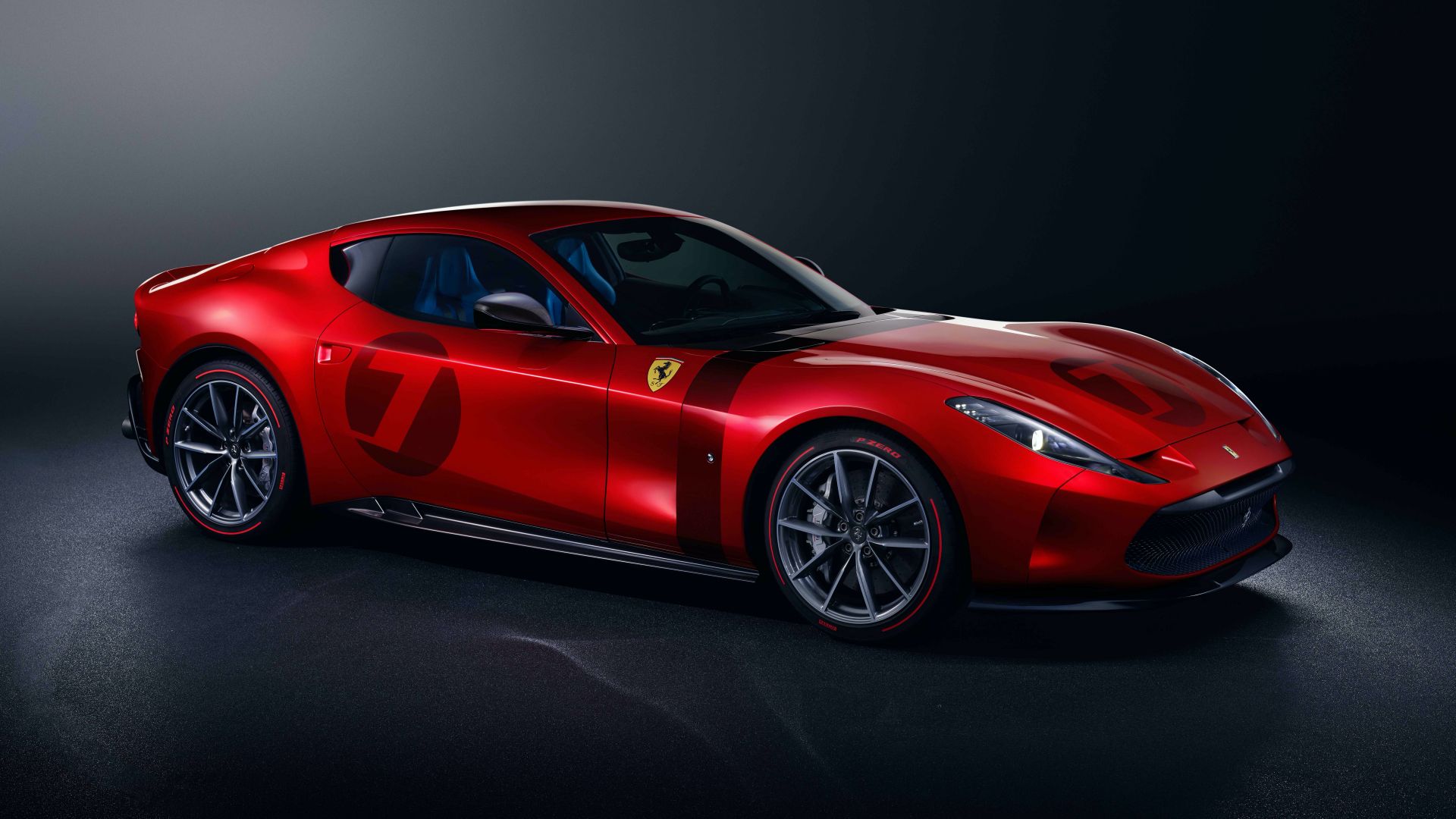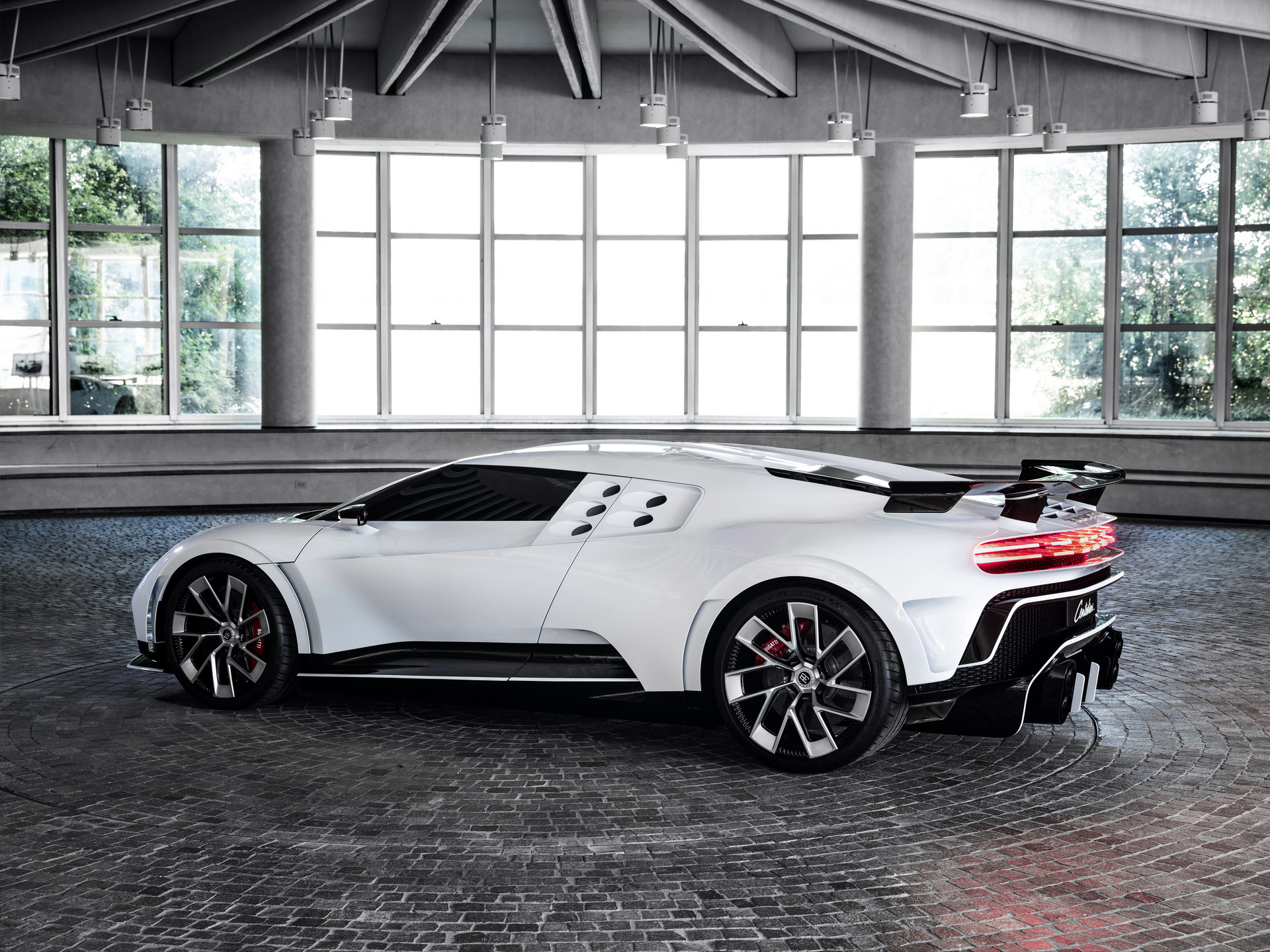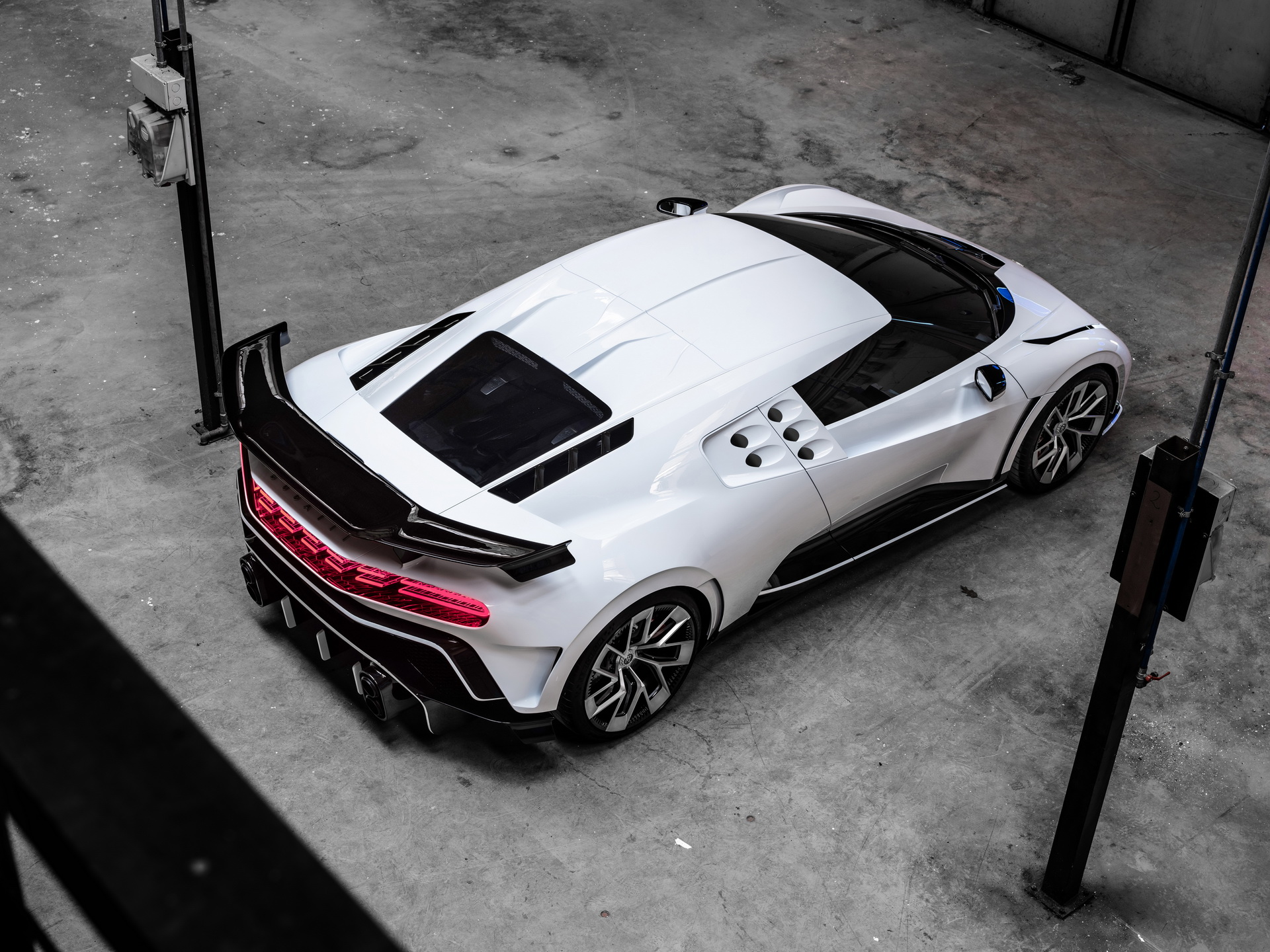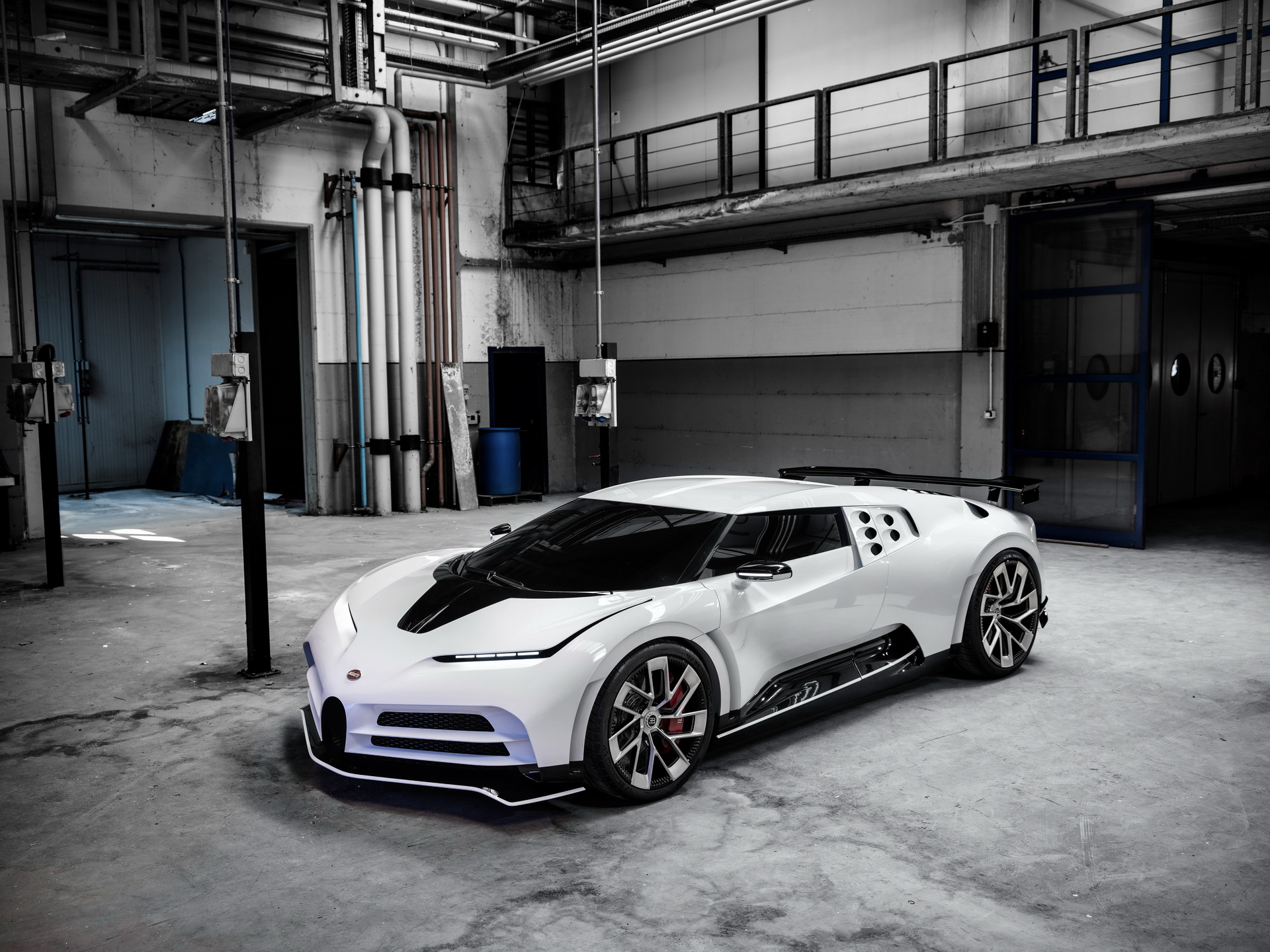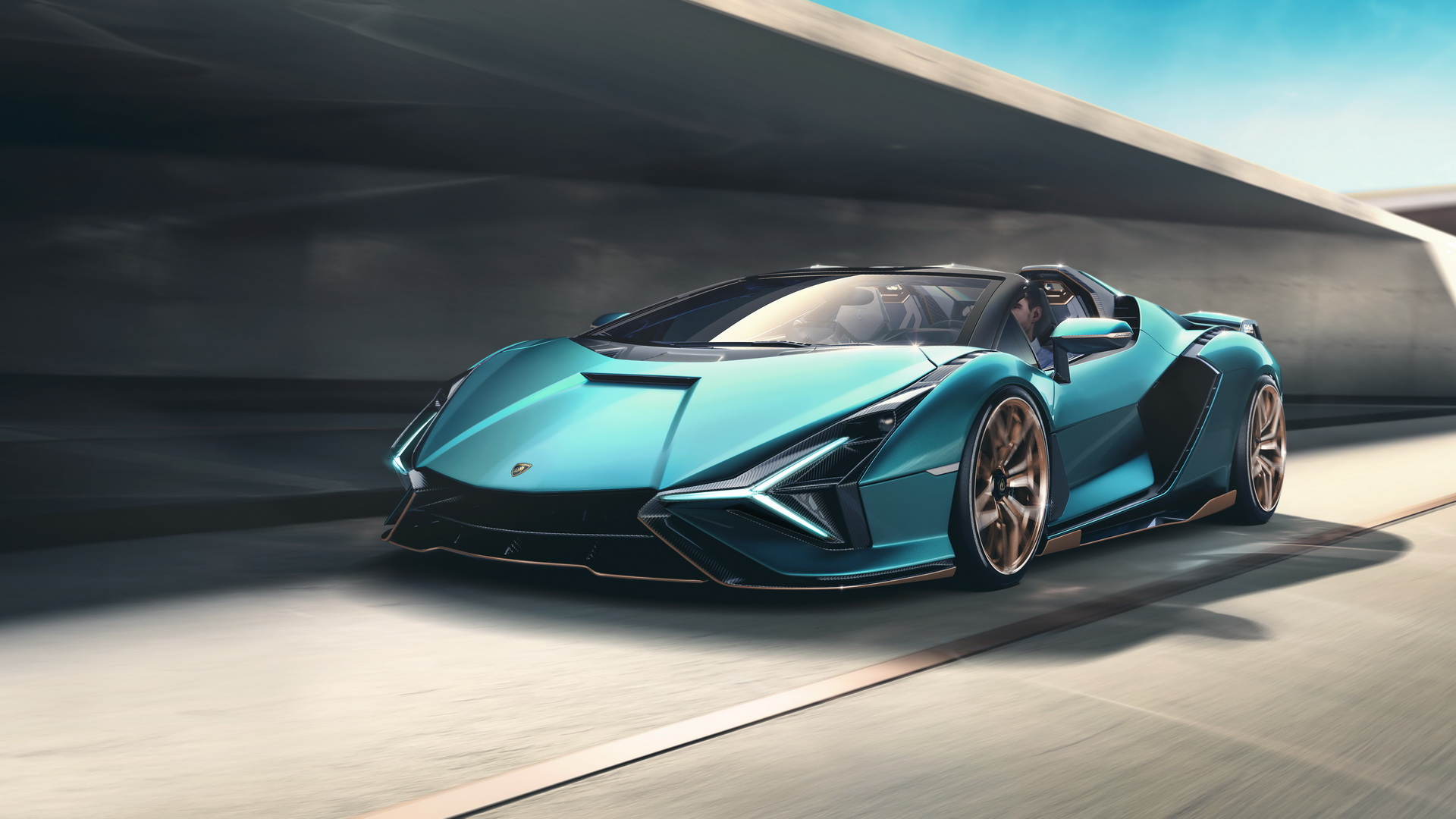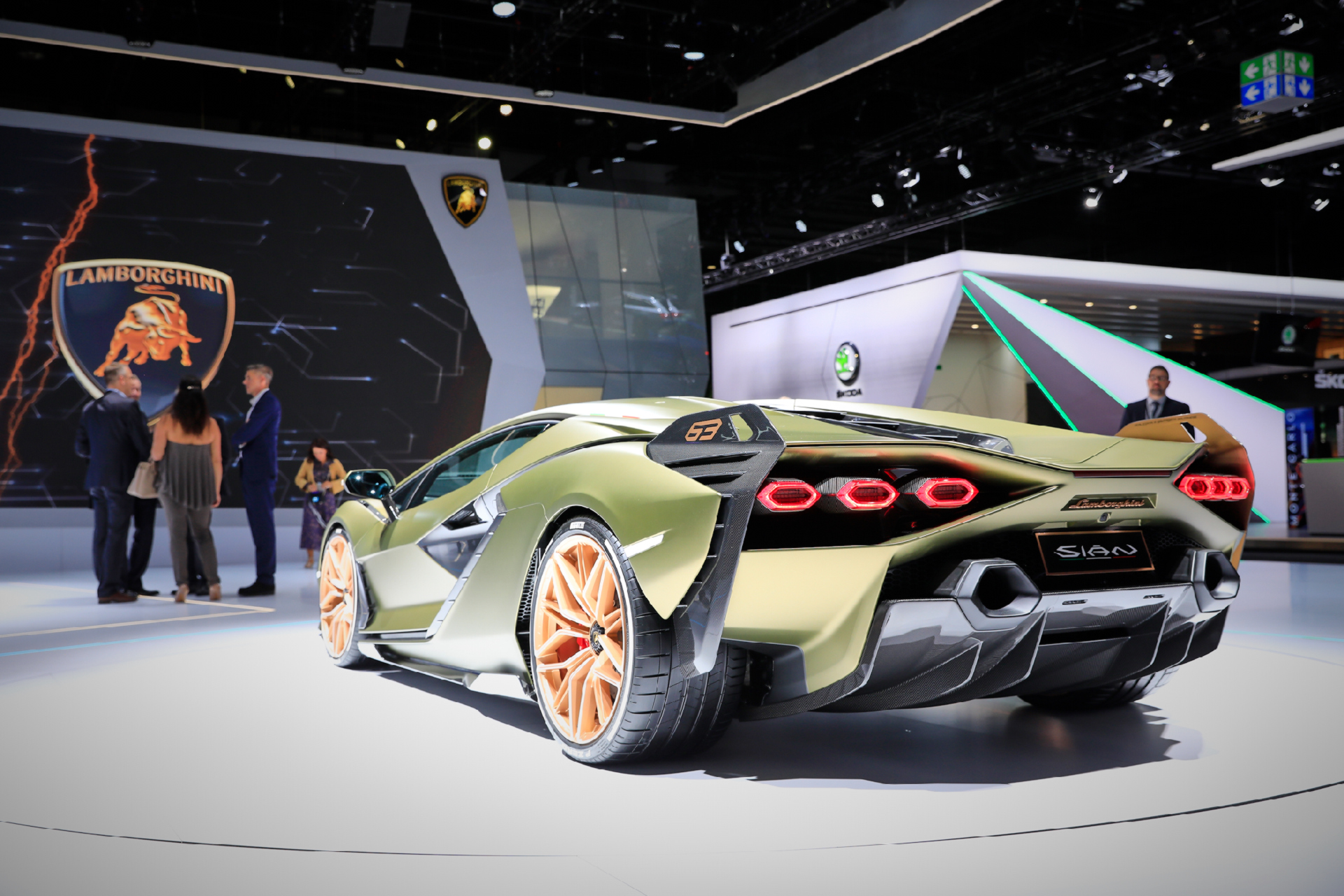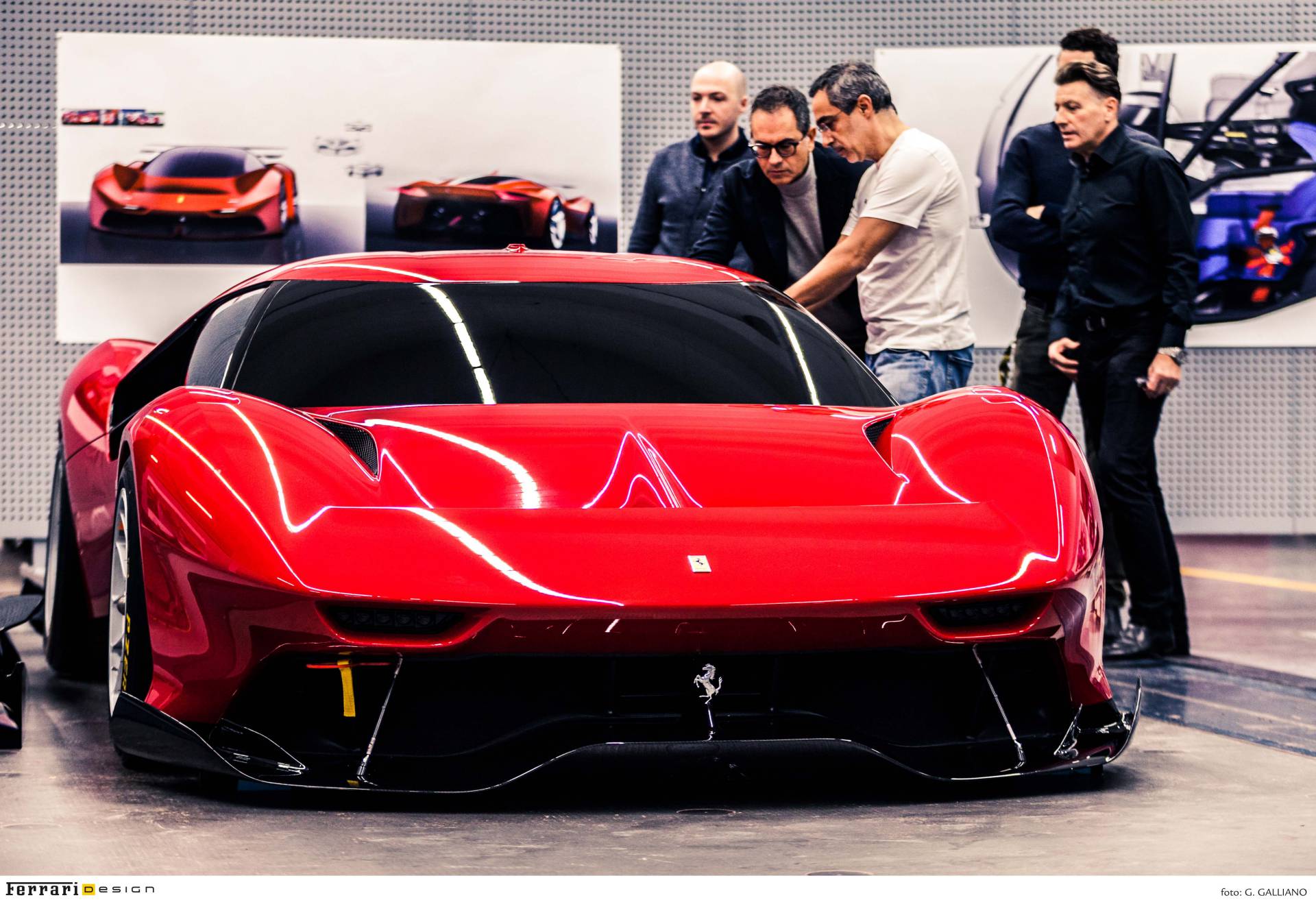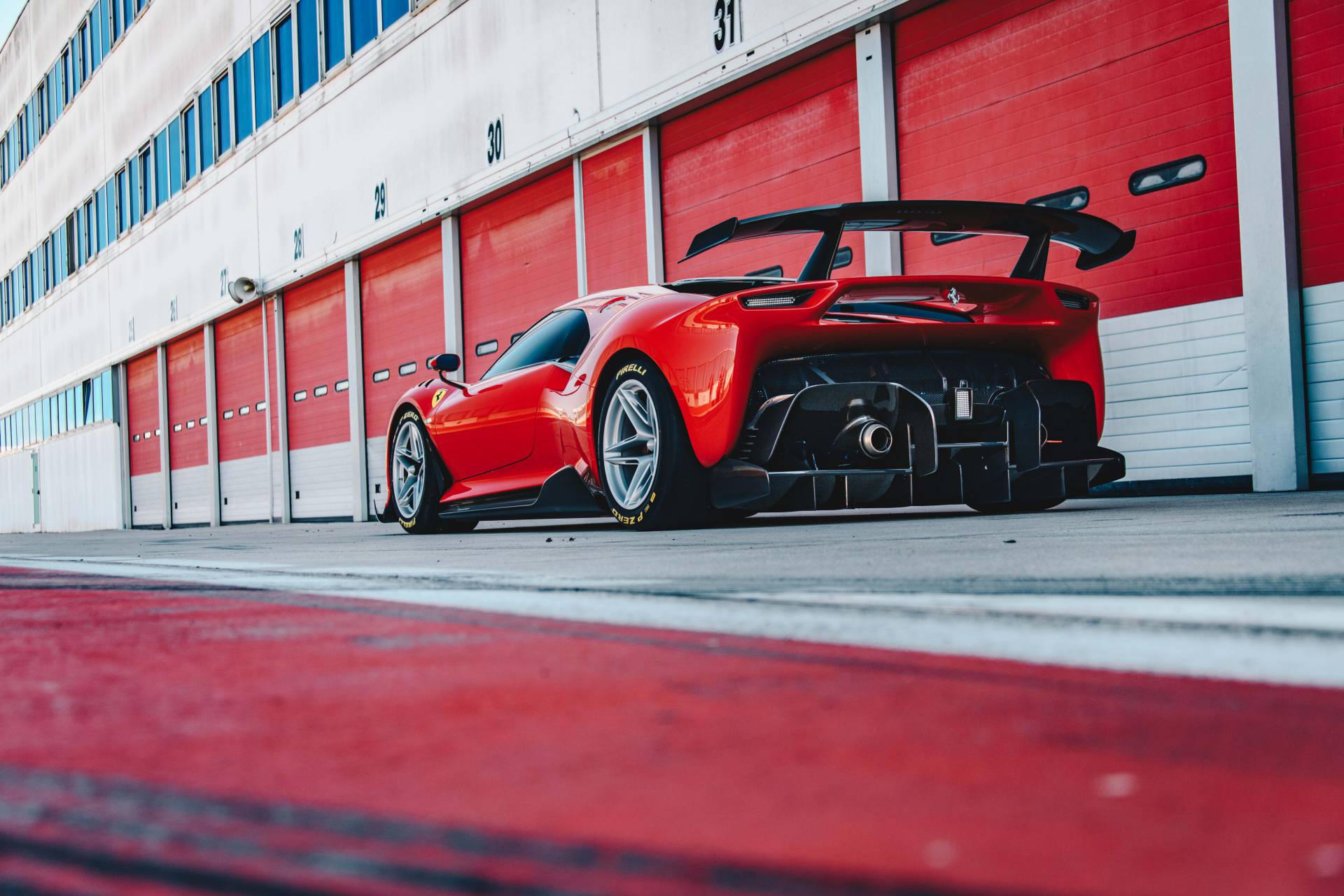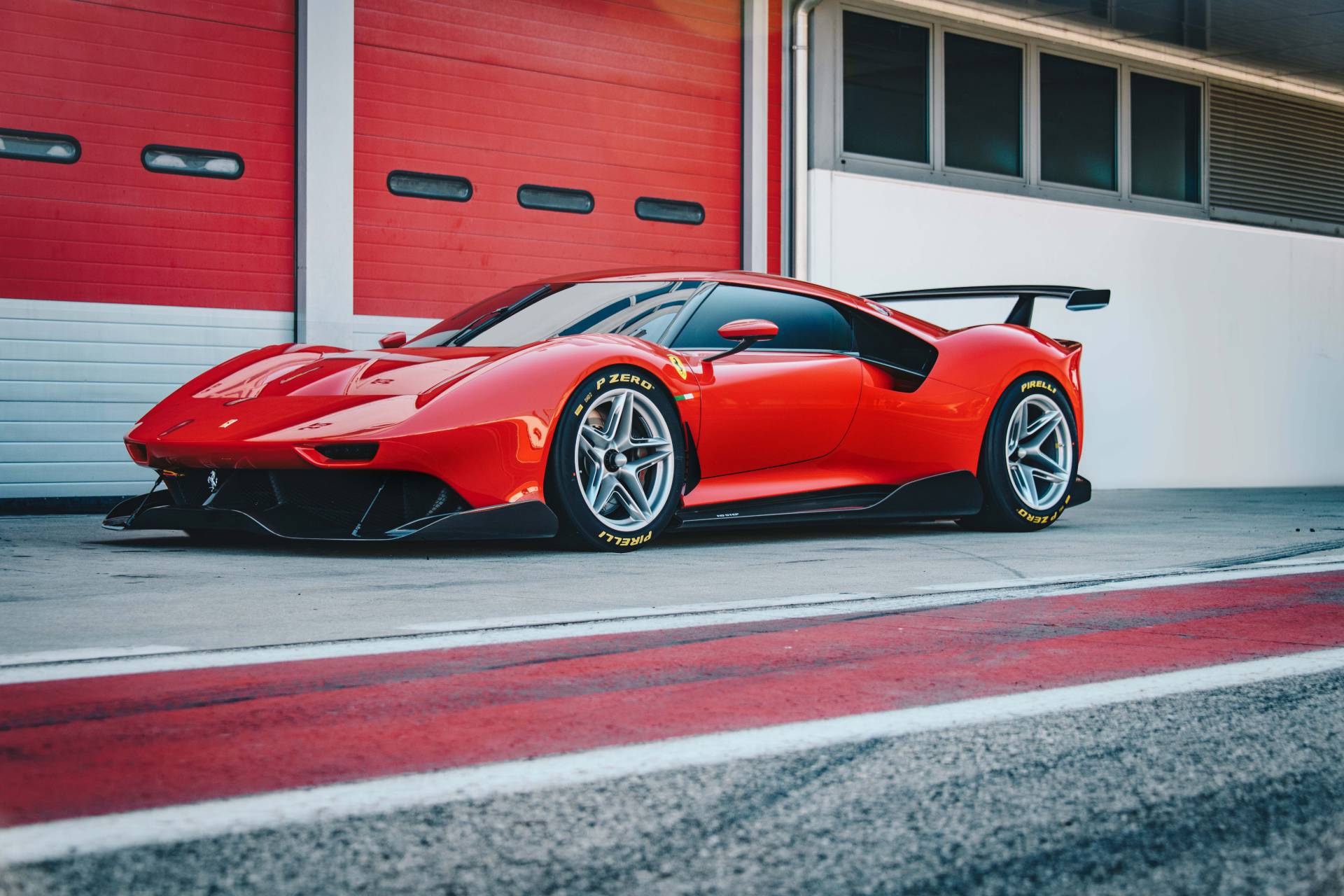Supercars are everywhere these days. Back in the 1970s and 1980s when they were built by a handful of companies, and in the handfuls each year, seeing a supercar on the street was a rare treat. Even visiting most major cities, spotting something like a Ferrari 308 would make your day, and if you caught a glimpse of a Lamborghini Countach, that was you set for the month, maybe even the year.
But in 2021 there are more supercars being made by more companies, and so more opportunities of seeing one than ever before. Take Lamborghini, for instance. In 2001 it sold fewer than 300 cars. Last year, despite the crippling effects of a 70-day COVID-forced factory shutdown, it moved 3,039 Huracans and Aventadors – plus another 4,391 Urus SUVs.
That’s great news for 13-year old car-mad supercar spotters (and much older ones like us), but less good for the rich guy who doesn’t want to drive around the corner from his city pad in his $500,000 exotic and come face to face with an identical car.
Making It Personal
To mitigate that happening manufacturers made it easier for owners to personalize their cars. Aston has its Q division; Ferrari has Tailor-Made, and Lamborghini, Ad Personam. Paint-to-sample, bespoke stitching and even, in the case of Scottish golfer Ian Poulter, a tartan-trimmed headliner for his Ferrari, are all regular requests. Up to half of all Huracans and 70 per cent of Aventadors get the Ad Personam treatment, while over at Bugatti, the average buyer spends a jaw-dropping $300k on personalization options.
Related: Absurdly Expensive Supercars With No Windshields Is A Trend That Needs To Die
Mine, All Mine
But if you really want to stand out, and money really is no object, carmakers will ensure you never have to suffer the automotive equivalent of turning up to the Academy Awards wearing the same dress as your arch rival. They’ll build you a car that looks like no other on the planet.
In a way, there’s nothing new about the idea. Up until the advent of unibody designs in the 1960s it was pretty normal for customers to buy a chassis and have it shipped to a coachbuilder like Ghia, Pininfarina, or Touring, to be dressed.
Moving to the modern era, Ferrari has a created at least 10 one-off cars in recent years. McLaren also offers something similar through its MSO division, and even the Singer ACS was a commission.
These are not ground-up new cars. They’re always based on existing machines, but heavily modified to reflect the dreams of the commissioning client – who, in the case of Ferrari’s service, must wait years for his turn. And each is unique.
Limited Appeal
But what about the cars that are exclusive in the sense that they’re rare, but not exclusive in the true sense that they’re the only one of their kind?
What about cars like the Bugatto Divo, or the EB110-inpsired Centodieci, 10 of which will be built, each costing around $9 million? That’s three times the price of the Chiron that donates much of the componentry, and the Chiron itself isn’t exactly commonplace.
Or the Lamborghini Sian? Yes, there’s some new technology in the form of the supercapacitor hybrid system, but it only adds 34 hp. And while the car looks fantastic, is it really different enough from the $421,000 Aventador hiding underneath to justify a circa $3.7m price? Apparently 63 people who managed to get their name on the list for the coupe, and 20 who had deposits accepted for the Roadster (plus the no doubt dozens more who missed the cut) feel it is.
And so did former Lamborghini CEO, Stefano Domenicali, when we asked him before he departed to head the FIA. Questioned whether the Sian was good value, he replied: ‘Yes! It’s a good investment.’
And it probably was. The few used examples currently for sale seem to be POA so we can’t be sure exactly what they’re worth, but they’re unlikely to have shed half their value the second the keys have landed in your palm like mass-market cars do.
Investment Capital
The thing is, an ‘investment’ is exactly how many buyers see these cars. The question they ask before signing on the dotted line is not whether these limited run cars offer enough over the base car to justify the markup, but how things might look when it’s time to move them on.
Of course, no one wants to lose their shirt, be it from JCPenny or some swanky Italian tailor, over a car. An expensive car that doesn’t depreciate is better ‘value’ than a cheap one that halves in price during your time with it.
But we can’t help wondering if this investment mindset is persuading carmakers to produce, and people to buy, cars whose list prices simply aren’t reflected in the tangible benefits they provide over a standard car.
Not that the supercar makers will care. These cars are not cheap to produce, but the development costs are miniscule next to creating an entire new car from scratch. The bottom line is they’re great for the bottom line. They keep the accountants happy, they keep the brands in the public eye, and they give the R&D team a chance to develop and trial new technology, like the Sian’s superconductor, at the customer’s expense.
It’s Not You, It’s Me
And in the case of multi-million-dollar supercars like the Centodieci, those customers are so wealthy they’re often beyond worrying about either resale values or performance gains. They just see something they like and are rich enough to press Go and make it happen.
So maybe the problem isn’t with the cars, but with us: regular car fans who aspire to cars like the BMW M4 and Porsche 911, who might never own a supercar, and can’t imagine what it must feel like to be so rich you can order six Chirons at once without batting an eyelid. We’re happy to keep trying, though.
What do you think? Are these limited run supercars worth the money? Is a one-off Ferrari a better buy than a one-of-ten Bugatti? Which are the best and worst limited-edition supercars? Let us know in the comments.



